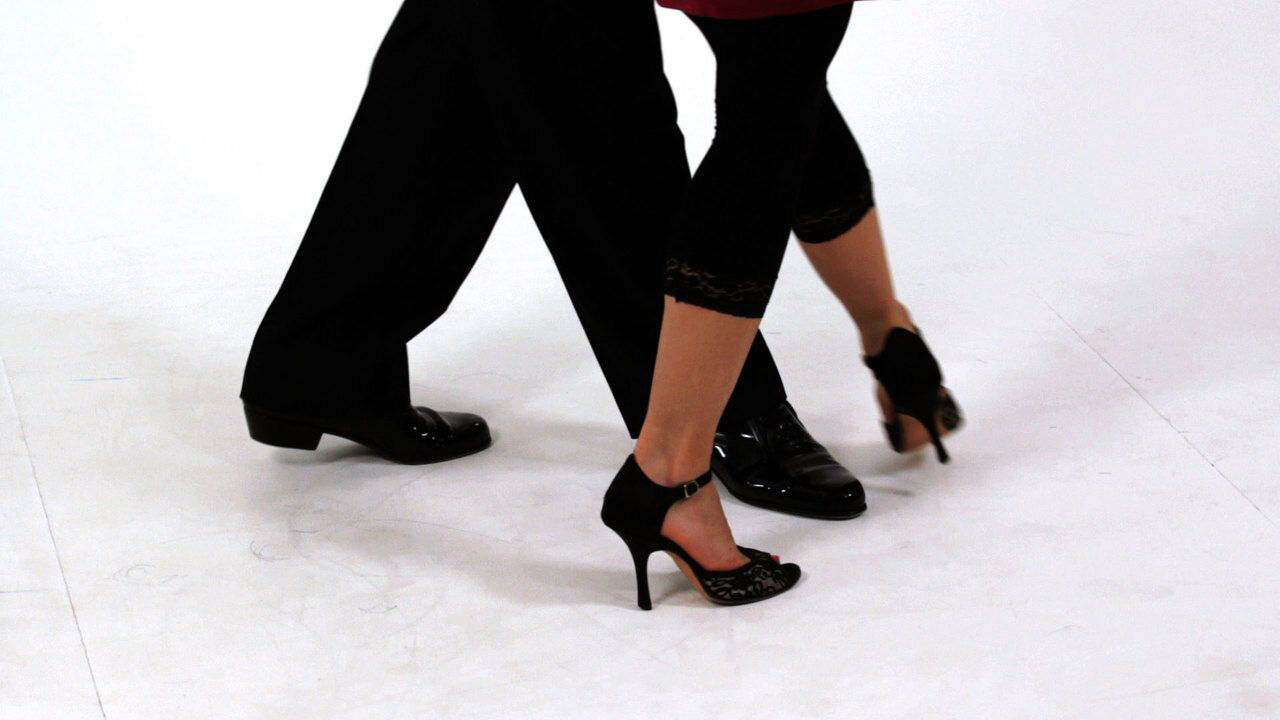Why You Need the Right Shoes to Dance the Argentine Tango
Tango involves both emotional and instinctive music, so it is important for tango dancers to be able to move seamlessly across the dance floor. By being able to glide, the dancers can form a better connection with their partner and the music, and it helps them more easily react to their partner's moves.
To do this, however, it is crucial that you have the right shoes to dance the Argentine tango.
Beginner Tango Shoes
When starting out in tango, it is recommended to have shoes that are close to the ground. Having flat shoes allows the new dancer to develop their confidence as they learn and practice their dancing. It allows them to focus on proper body alignment and dance form.
Additionally, the shoes should be comfortable to wear, and this is especially true of teens learning how to tango. If the shoes hurt their feet, that is where the focus will be, rather than on the dance moves and other body movements they are learning.
Choosing the Right Shoes
Tango shoes should always be the right size and even fitted if possible. You don't want to slip and slide around in the shoes you are wearing. The soles should also be made of a material that allows for easy turning. If there is too much traction, there is a risk of injury during the dance.
Tango shoes are often made of leather or suede material. The leather shoes tend to be more durable and a lot stronger, but the suede shoes offer more in the way of flexibility for the tango dancer.
When choosing a heel, you should always go with what heel size best suits your needs. Teens, for example, will have a much smaller heel than adults, but it will still add to the beauty and elegance of the dance. Straps or laces are also a good idea so that they stay in place.
Choosing the Wrong Shoes
When you choose the wrong shoes for tango, you run the risk of injury. Choosing low-quality shoes or shoes that do not fit properly can affect the balance of the body and can also cause a number of stress points to the body including in the feet, the ankles, knees, thighs, shoulders, arms, spine, and hips. If the toe portion of the shoes you choose does not pivot, then this can hinder your dance moves and can cause your body to become unbalanced.
The Structure of the Tango Shoes
All shoes are comprised of four different components, including the upper part, the insole, an outsole, and the heel. Typically, there is a lot of padding on the top of the insole for traditional shoes; however, for tango shoes, you want that padding to be much thicker, so it allows for even more comfort for the dancer. With that being said, traditional shoes and everyday shoes are not suitable for Argentine tango.
When choosing tango shoes for a teen learning how to dance, the biggest considerations to keep in mind is the overall fit of the shoe and their comfort level while wearing them. Choose shoes that adequately support the feet and are lightweight enough so the dancer can glide across the dance floor.

